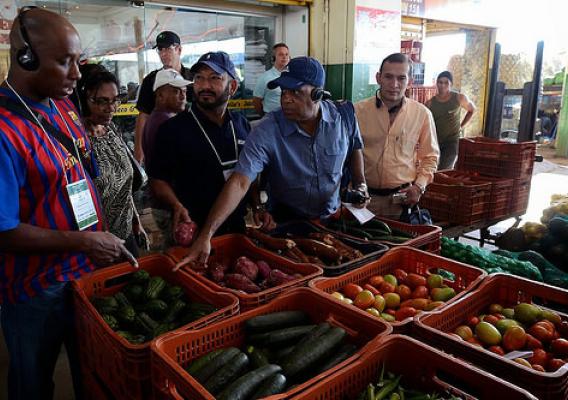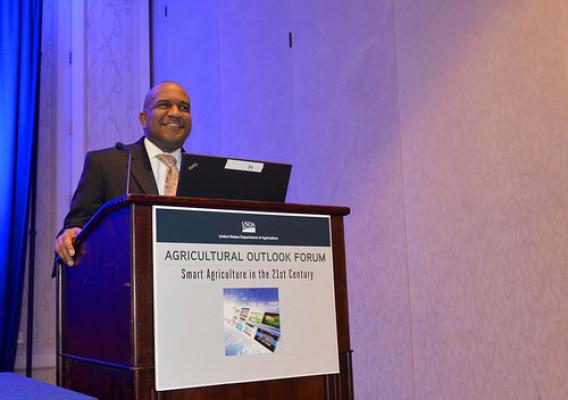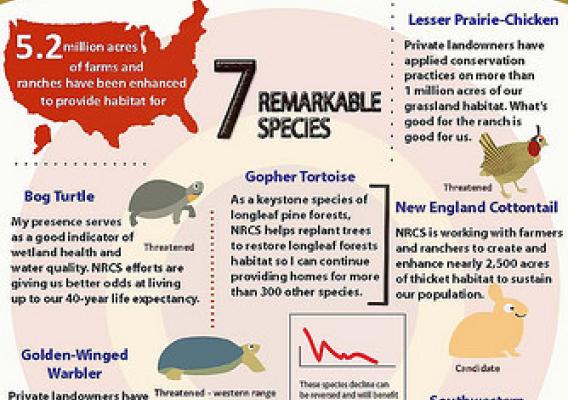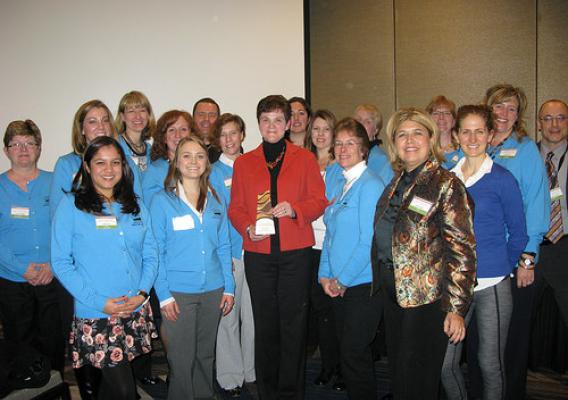Over the last 25 years, the American farmer has become increasingly aware of the impact of South American agricultural output on the global supply of grains and oilseeds. For example, in recent years Brazil has risen to the number one position as an exporter of soybeans. Further, the combined output of Brazil and its neighbors, Argentina and Paraguay, is challenging the United States’ position as the world’s leading supplier of corn.
Brazil is unique in that it has a relatively stable agricultural output trend due to improving production techniques, and in most years, abundant rainfall for production of various crops. The climate and cropping patterns are behind the increases in agricultural production, which were made possible by the shift of production into regions less prone to drought. There is also the potential for expansion into untapped lands, although infrastructure and land ownership issues are a limiting factor. Meantime, thanks to ample rainfall and land resources enjoyed by producers, Brazil has the potential to become an agricultural powerhouse for years to come.








